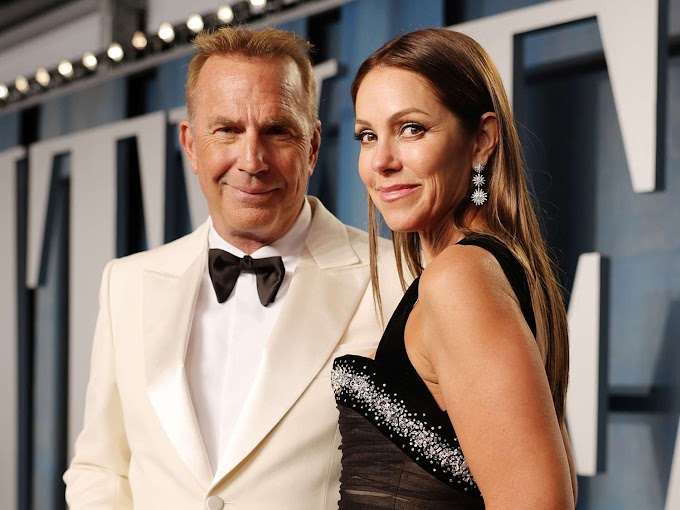Molly Ringwald's rise to fame in the 1980s was nothing short of meteoric. As the face of the so-called "Brat Pack," she became synonymous with the teen angst and coming-of-age stories that defined the era. But what made her such an enduring icon, and how did she capture the hearts of a generation? The answer lies in a combination of her unique talent, the timing of her career, and the cultural landscape of the time.
Ringwald's fame began with her breakout role in "Sixteen Candles" (1984), directed by John Hughes. Her portrayal of Samantha Baker, a high school student whose family forgets her 16th birthday, resonated with millions of teenagers. The character’s blend of vulnerability and resilience struck a chord, making Ringwald the relatable girl-next-door that many young viewers could identify with.
Her ability to convey a wide range of emotions—from the awkwardness of adolescence to the longing for acceptance—was a testament to her acting prowess. Ringwald's naturalistic approach and expressive face made her stand out in a sea of glamorous Hollywood starlets. She wasn’t just playing a role; she was embodying the experiences of an entire generation.
Ringwald's collaboration with John Hughes was a defining factor in her career. Hughes, often credited with revolutionizing the teen movie genre, found his muse in Ringwald. She starred in three of his most iconic films: "Sixteen Candles," "The Breakfast Club" (1985), and "Pretty in Pink" (1986). These movies not only became cult classics but also solidified Ringwald's place in pop culture history.
Hughes had an uncanny ability to tap into the fears, dreams, and insecurities of teenagers, and Ringwald was the perfect vessel for his vision. Whether she was navigating the complexities of high school cliques in "The Breakfast Club" or dealing with unrequited love in "Pretty in Pink," Ringwald’s performances were both nuanced and authentic. She captured the essence of what it meant to be a teenager in the 1980s, making her an icon of the decade.
Molly Ringwald’s fame wasn’t just about her acting skills; it was also about timing. The 1980s were a period of significant social change, and the youth of the time were looking for someone who understood their struggles. Ringwald became that person. Her characters often grappled with issues like identity, peer pressure, and the desire to fit in—all themes that resonated deeply with the audience.
Moreover, Ringwald’s look—red hair, pale skin, and a style that was both quirky and fashionable—made her a fashion icon as well. She became a trendsetter, with young girls emulating her style and boys fantasizing about dating someone like her.
Though her career took different directions after the 1980s, Molly Ringwald’s impact on pop culture remains indelible. She was more than just an actress; she was a symbol of a generation. Her films continue to be celebrated and revisited by new audiences, proving that the themes she explored are timeless.
In the end, Molly Ringwald’s fame can be attributed to a perfect storm of talent, timing, and cultural relevance. She didn’t just play a role in movies—she played a role in the lives of millions, making her one of the most beloved figures in Hollywood history.



